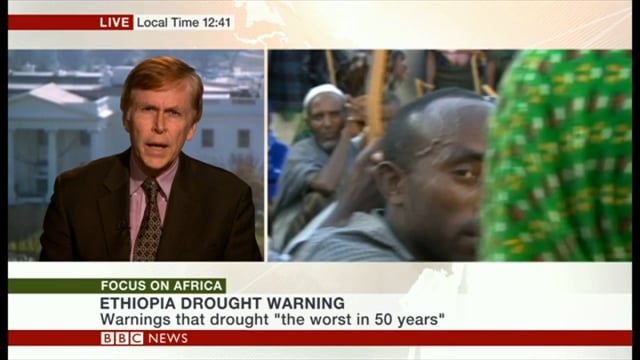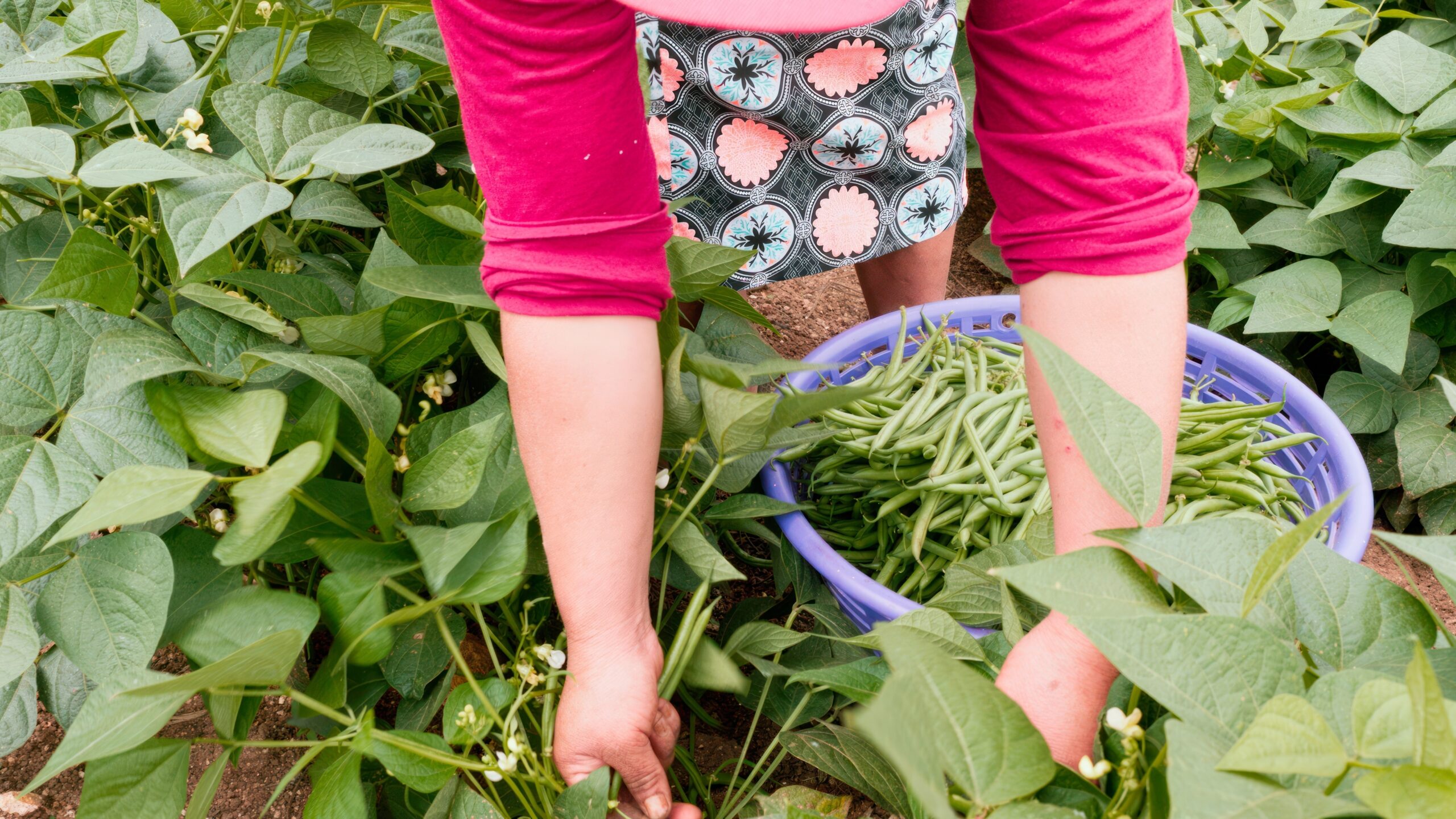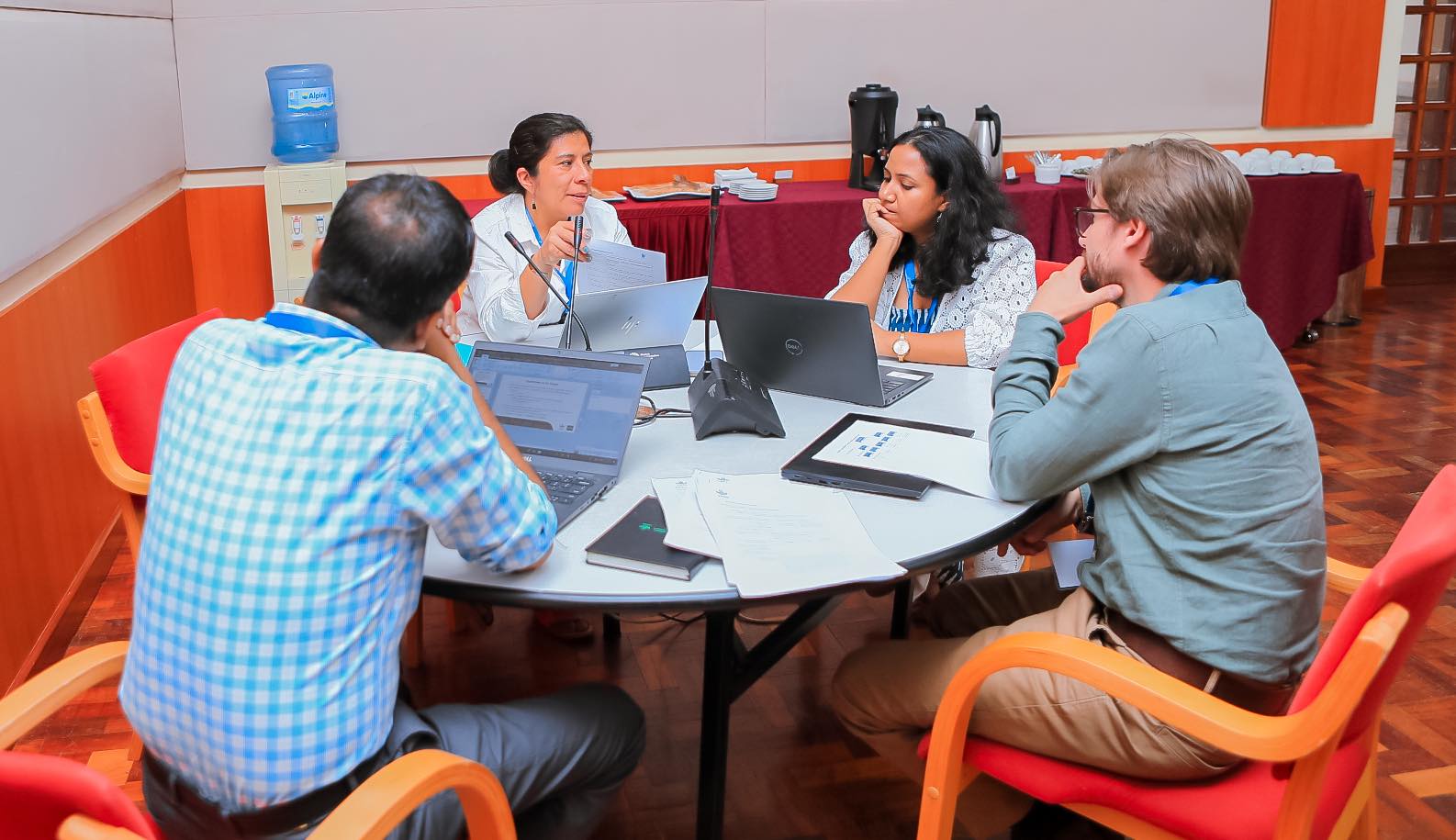The following post, written by Paul Dorosh, Director at IFPRI’s Development Strategy and Governance Division, and Shahidur Rashid, Senior Research Fellow from IFPRI’s Markets, Trade, and Institutions Division, is part of an ongoing series of researcher-authored blog stories highlighting ongoing research at IFPRI.
Ethiopia is currently experiencing its worst drought in over 30 years. Net cereal production from the main (2015/16 meher season) harvest currently underway may fall by 10-20 percent (1.9 to 3.7 million tons) relative to the 2014/15 harvest (December 2015 preliminary estimates based on woreda-level yield data). Households in regions hit particularly hard, including the eastern highlands and pastoralist areas, are expected to suffer especially severe crop and livestock losses. According to UN estimates, about 10.1 million people, approximately 10 percent of Ethiopia’s population, are in need of food assistance (See also National Disaster Risk Management Coordination Commission and the Ethiopia Humanitarian Country Team. 2015. “Ethiopia: Humanitarian Overview 2016”).
This food security crisis represents a sharp break from the mostly positive trends in agricultural development and food security over the past two decades. From the mid-1990s through 2010, the Ethiopian government under the late President Meles Zenawi followed an Agricultural Development-Led Industrialization (ADLI) strategy, investing heavily in agricultural production and rural infrastructure (especially roads). This focus on agriculture and rural investments paid off handsomely. According to official production estimates, cereal production nearly quadrupled between 1994/95 and 2009/10 from 6.15 to 15.53 million tons (a 50 percent increase in per capita production), and reached 23.61 million in 2014/15 (see Figure 1 below). (Although, there remains a debate on the magnitude of the production increases, recent analysis suggests that sharp increases in fertilizer use, improved seeds and agricultural extension can account for much of the increase in production from 2004 to 2014.) This year’s drought has led to major crop losses in some regions, however, even while most of the western part of the country has had adequate rainfall and relatively normal harvests.
Marked differences in rainfall and production shortages across regions also characterized the 1984 drought that resulted in a major famine in Ethiopia. Per capita production of cereals fell sharply from 154.1 kgs/capita in 1982/83 to 122.6 in 1984/85 and 91.2 in 1985/86. (Read more). The situation was made far worse, however, by military conflict (ongoing civil wars) and market restrictions (regulation and bans on inter-regional movement of grain and labor) that prevented grain from flowing freely from relative surplus to deficit areas and poor market infrastructure. Other government policies, including medium-term policies of concentrating government investment on state farms and producer cooperatives, instead of independent small farmers, also contributed to low levels of production and vulnerability to famine.
Overall food security in Ethiopia has improved substantially and the risk of famine has been sharply reduced since the mid-1980s, however. Public investments in agricultural technology (improved seed, fertilizer and extension) have directly raised cereal output. Expansion of road networks has connected farmers to markets, as well as improved connections between cities and regions by reducing travel time. Rapid overall economic growth has raised household incomes, increased foreign exchange earnings and enhanced government revenues. Improvements in telecommunications, better information flows and a functioning early warning system help to shorten response time for emergency relief. And of crucial importance, the Government of Ethiopia created the Productive Safety Net Programme (PSNP) in 2005 that combines food and cash transfers to Ethiopia’s poorest and most food insecure households with a work requirement for able-bodied recipients. The PSNP reached about 7.8 million individuals in 2013, distributing in total about 200 thousand tons of cereals, accounting for about one-third of the total value of transfers.
These past experiences and the current economic and institutional context suggest five major policy actions available to the government to avert a famine, or even large-scale household food shortages.
- Avoid restrictions on private market trade flows within Ethiopia thereby helping to ensure adequate food supplies in drought-affected areas by enabling grain to flow freely from surplus to deficit areas.
- Utilize the international market to supplement domestic supplies. Food aid inflows and government commercial imports are important, not only for adding to total domestic supply, but also as a source of grain for the PSNP. Since domestic wholesale wheat prices in Addis Ababa are currently higher than import parity prices (the world price of wheat adjusted for transport and marketing costs to Addis Ababa), encouraging private sector imports can also add rapidly to domestic supplies at no cost to the government. This price stabilization strategy was successfully implemented by Bangladesh following major production shortfalls (Read more).
- Expand the coverage and ration sizes of the PSNP in areas hit hardest by the drought. Utilize other emergency relief channels for severely affected households that cannot readily be included in the PSNP in the short run.
- Monitor market and household food security conditions, and encourage information flows through the press, internet and other channels so as to enable government and donor relief efforts to reach all households in need.
- In the medium term, continue to support economically efficient domestic food production through investments in agricultural research and development, extension, rural roads and market centers.
The 2015-16 drought and production shortfall need not cause a famine in Ethiopia. By heeding the lessons of past famines, the government and the international donor community can help ensure that there is sufficient availability of cereals to supply Ethiopia’s food needs and sufficient transfers in cash and in kind to provide needy households with adequate access to food. Other food security issues will still need to be resolved, including ensuring adequate nutrition for all individuals. However, there is ample reason for hope that this drought will be remembered, not for a deadly famine, but wise policies and timely interventions built on Ethiopia’s progress of the past 25 years.







